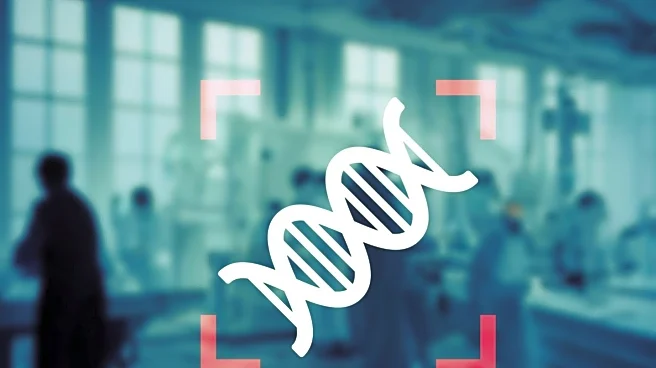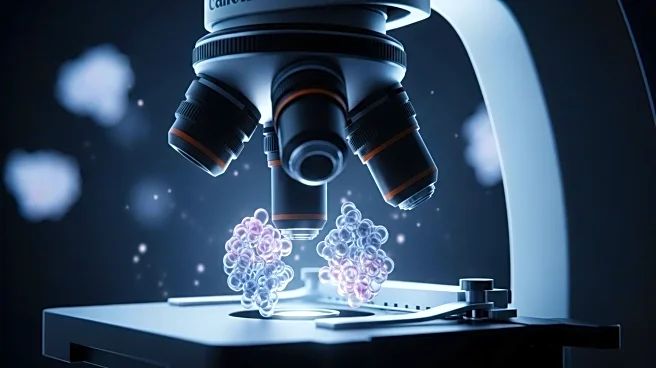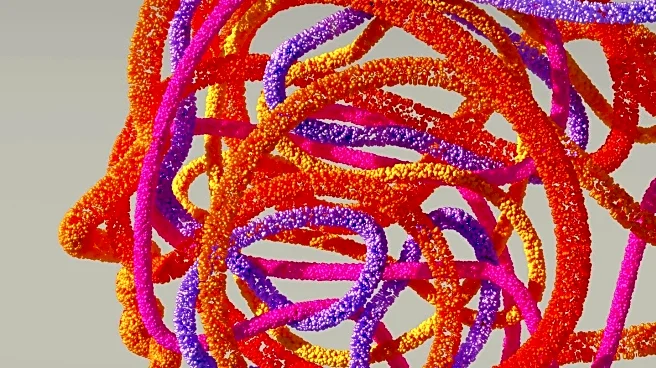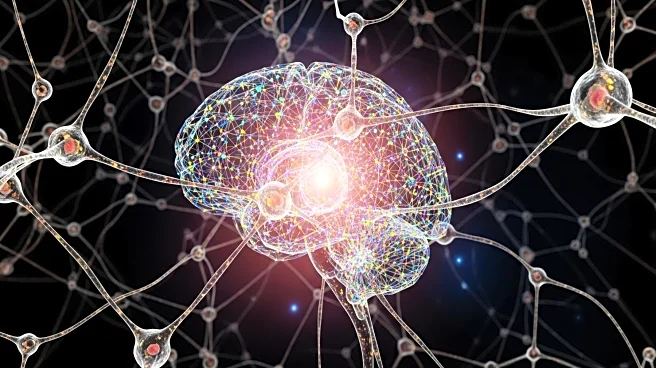What's Happening?
Research published in New Scientist indicates that autism may consist of multiple genetically distinct subtypes, with the age of diagnosis influenced by genetic factors. The study, led by Varun Warrier at the University of Cambridge, found that children diagnosed later in life often have different genetic variants compared to those diagnosed earlier. This suggests that autism is not a single condition but a spectrum of related disorders with varying genetic underpinnings.
Why It's Important?
The identification of genetic subtypes within autism could revolutionize diagnostic and treatment approaches. By understanding the genetic diversity within autism, healthcare providers can develop more tailored interventions, potentially improving outcomes for individuals with autism. This research also highlights the importance of considering genetic factors in the diagnosis and support of autism, which could lead to more effective and personalized care strategies.
What's Next?
Further research is needed to explore the implications of these genetic differences and how they can be used to improve diagnostic and treatment practices. There may also be a focus on developing new tools and resources to support individuals with autism, particularly those diagnosed later in life. As the understanding of autism's genetic basis evolves, it could lead to significant advancements in how the condition is managed and treated.










